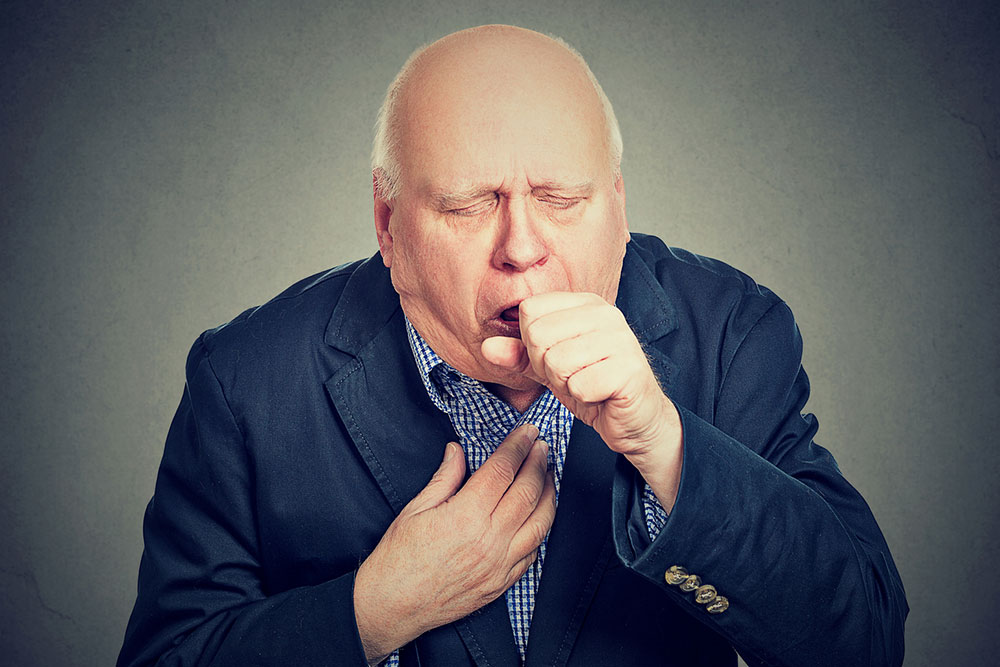Comprehensive Guide to Migraines: Causes, Symptoms, and Effective Natural Treatments
This comprehensive article explores the causes, symptoms, triggers, and natural remedies for migraines. Backed by research, it offers practical lifestyle strategies such as yoga, biofeedback, and acupuncture to help sufferers manage and reduce migraines effectively. With over 1500 words, it provides detailed insights into understanding migraines and how natural therapies can promote relief and improve quality of life.

Comprehensive Guide to Migraines: Causes, Symptoms, and Effective Natural Treatments
Migraines are intense, recurring neurological headaches that often come with sensory disturbances such as visual disturbances or sensory sensitivities. According to statistics from the National Headache Foundation, millions of people worldwide suffer from migraines, with women being disproportionately affected. In particular, approximately 28 million individuals in the country experience these debilitating headaches, highlighting the importance of understanding this condition. In this extensive guide, we explore the causes, symptoms, triggers, and natural remedies that can help manage migraines effectively.
Despite extensive research, the precise cause of migraines remains elusive. Traditionally, physicians believed that migraines resulted from spasms in blood vessels causing reduced blood flow to the brain, leading to phenomena like visual auras. However, modern studies reveal a complex neurovascular component involving neurotransmitters such as dopamine and serotonin. This understanding has reshaped migraine management approaches, emphasizing both neurological and vascular factors.
These vascular changes cause initial constriction of blood vessels followed by dilation, resulting in the characteristic pain of migraines.
Research points to imbalances in neurotransmitters like dopamine and serotonin, which influence blood vessel behavior and pain perception, forming the basis of what is known as the neurovascular theory of migraines. This nuanced understanding informs both pharmacological and lifestyle approaches to treatment.
Recognizing Common Signs and Symptoms of Migraines
Migraines generally present as intense throbbing headaches, usually localized on one side of the head. However, they can also affect both sides or shift locations during an attack. The onset of migraines is often preceded by warning signs, and they typically unfold in four distinct stages:
Prodrome Stage
This early phase can occur hours or even days before the actual headache, signaling an impending migraine. Common symptoms include feelings of fatigue, mood swings, neck stiffness, increased thirst, or cravings for sweets. Recognizing these signs can help individuals prepare or take preventive measures to minimize severity.
Aura Phase
This phase involves neurological symptoms, often visual, such as flashes of light, zigzag lines, blind spots, or other visual disturbances. Sensory changes like tingling or numbness in limbs, dizziness, and difficulties with speech are also common. Some individuals experience temporary memory lapses or disorientation during this time, which can be frightening but typically resolve after the aura subsides.
Attack or Headache Phase
The most recognizable stage, where the pain manifests as a throbbing or pulsating headache. It often affects one side but can involve both. Accompanying symptoms include nausea, vomiting, heightened sensitivity to light (photophobia), sound (phonophobia), and tactile stimuli. Physical movement—such as walking or bending—can intensify the pain, creating a debilitating condition that can last from several hours to days if untreated.
Postdrome Stage
This recovery phase may resemble a lingering hangover, with some symptoms like fatigue, confusion, or mild headache persisting for hours or days. Some individuals also report mood changes or difficulty concentrating during this period, which marks the end of one migraine cycle and the beginning of the next.
Identifying Common Migraine Triggers
Understanding what may provoke migraines is crucial for management. Various environmental, lifestyle, hormonal, and dietary factors can trigger attacks, including:
Smoking: It remains a prominent trigger for many sufferers and should be avoided or minimized.
Certain foods and beverages: Chocolate, aged cheese, nuts, alcohol, and foods containing MSG are known to precipitate migraines.
Irregular meal times and sleep patterns: Skipping meals or changes in sleep routine can destabilize the nervous system and trigger episodes.
Stress: Both emotional stress and physical exertion can set off migraine attacks.
Hormonal fluctuations: In women, changes related to menstrual cycles, menopause, or hormonal contraceptive use, especially estrogen withdrawal, are common triggers.
Caffeine: Excessive intake or abrupt withdrawal can lead to headaches, requiring cautious management.
Weather changes: Fluctuations in air pressure, humidity, and altitude are environmental triggers for many susceptible individuals.
Natural and Lifestyle Strategies for Migraine Relief
While conventional treatment options involve medications and sometimes invasive procedures, integrating natural remedies and lifestyle adjustments can significantly reduce the frequency and severity of migraines. These approaches emphasize holistic health and stress management techniques:
Yoga and Mindfulness – Specific yoga poses like child’s pose, downward dog, and lotus pose help regulate blood circulation, soothe the nervous system, and decrease stress, which is beneficial in migraine prevention.
Biofeedback Therapy – Using special electronic devices, individuals learn to control physiological functions such as muscle tension and heart rate, reducing migraine occurrence by managing stress responses.
Massage Therapy – Regular massage sessions, including Swedish or deep tissue massage, can improve blood flow, promote relaxation, and alleviate headache pain.
Acupuncture – This traditional Chinese medicine technique involves inserting fine needles into specific points, which has been scientifically shown to reduce the severity and frequency of migraines.
Cognitive Behavioral Therapy (CBT) – This psychological approach helps change negative thought patterns, manage stress better, and cope with pain more effectively, thereby decreasing the risk of migraine attacks.
These methods, when combined with proper medical advice, can serve as effective adjuncts to medication, empowering individuals to take control of their migraine management naturally.




